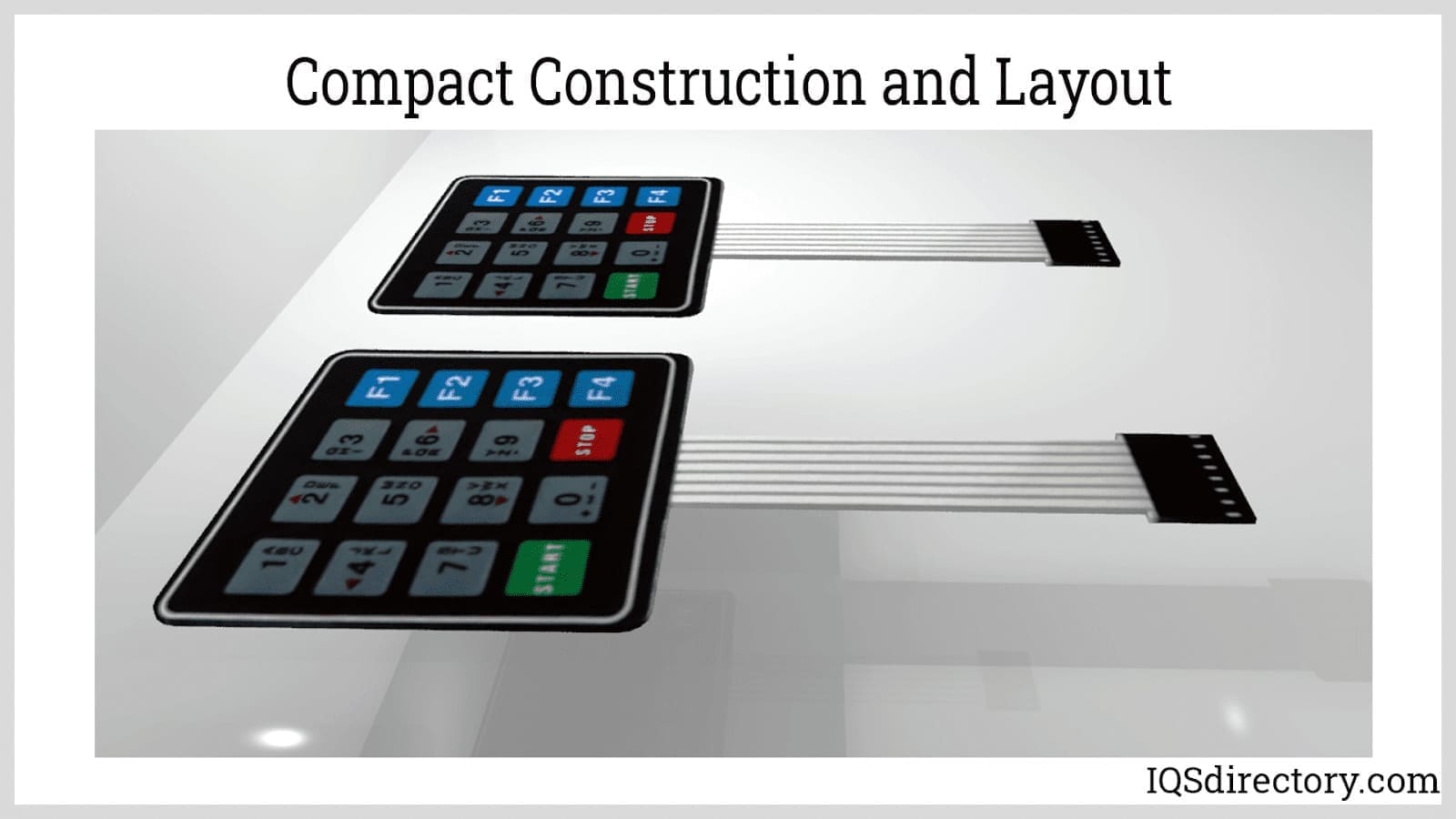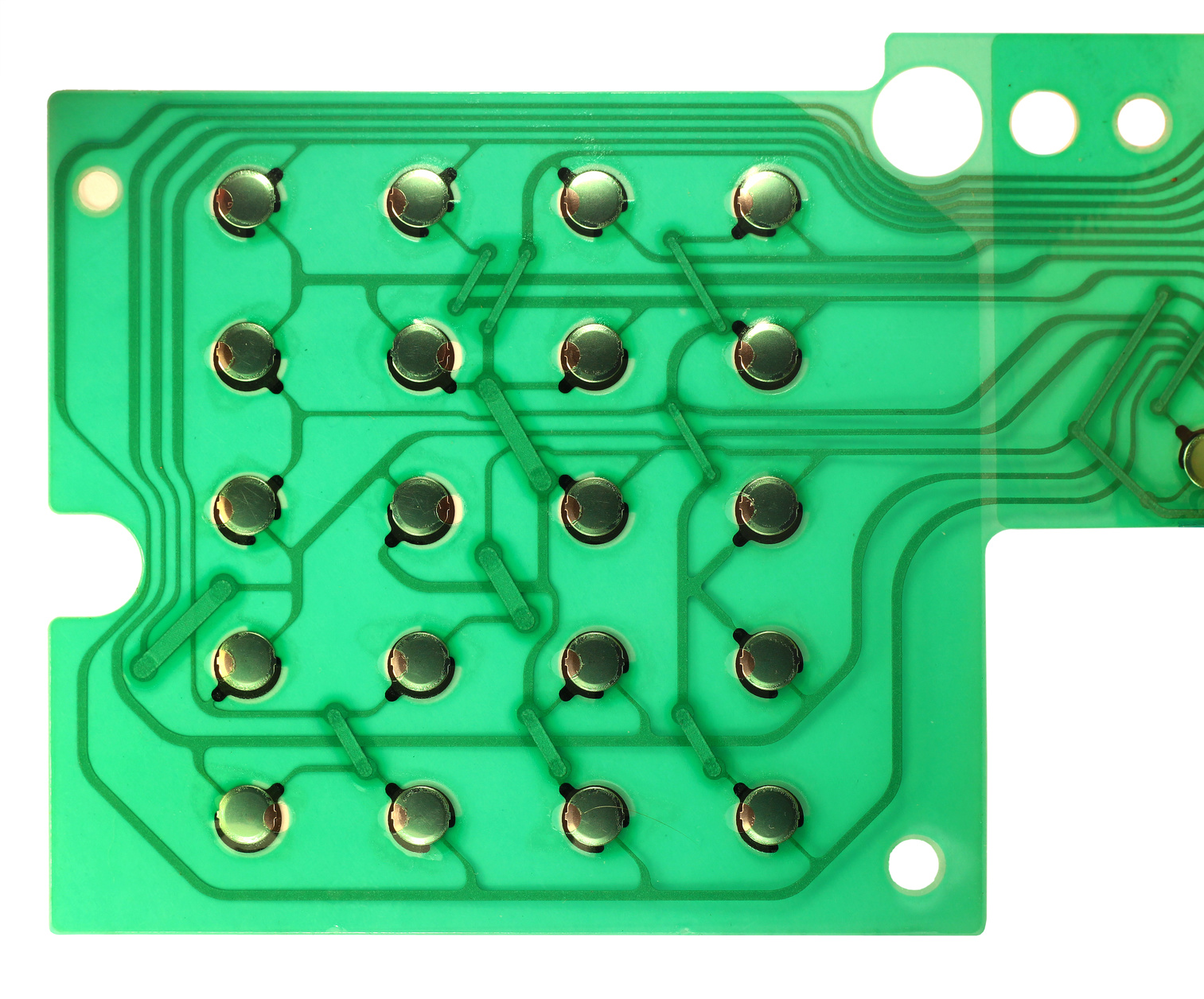Membrane Switches: The Best Choice for Compact and Reliable Controls
Membrane Switches: The Best Choice for Compact and Reliable Controls
Blog Article
Comprehending the Value of Membrane Switches in Individual Interfaces
Membrane buttons are essential components in the design of efficient interface, facilitating not just performance but also boosting aesthetic charm and customer communication. Their unique functions, such as resistance to environmental elements and adjustable designs, make them suitable for a diverse variety of applications across multiple industries. As we discover the future trends and various advantages connected with Membrane technology, it ends up being clear that these buttons are greater than just elements; they stand for a merging of development and functionality. The ramifications of this innovation on customer experience are worth examining even more.
What Are Membrane Buttons?

The spacer layer, which consists of adhesive buildings, enables the separation of the circuit layer from the overlay, making sure that the button stays in a non-activated state until pressed. When stress is used to the overlay, it compresses the spacer layer, bridging the void and completing the circuit in the underlying layer. This layout not only minimizes the physical space needed for traditional mechanical switches however also enhances the durability of the gadget, as Membrane buttons are generally resistant to dirt, dampness, and various other ecological elements.
Frequently found in applications ranging from customer electronics to clinical gadgets, Membrane buttons are important to modern technology, supplying a reliable and straightforward interface that straightens with modern style demands.
Advantages of Membrane Switches
While various button modern technologies exist, Membrane Switches offer distinct advantages that make them particularly preferable in various applications. Among the key advantages of Membrane switches is their portable design, which permits for space-saving executions in tools where property is restricted. Their thin account not just boosts aesthetic allure but likewise facilitates light-weight building.
One more significant benefit is their resistance to environmental variables. Membrane switches are typically secured versus moisture, dust, and pollutants, making them suitable for usage sought after settings, such as clinical devices and commercial devices. This resilience expands the life expectancy of the switch, reducing maintenance expenses and improving integrity.
Furthermore, Membrane switches can be personalized to meet details design demands, including unique graphics and shades that boost customer communication. Their responsive responses alternatives can additionally be tailored to offer a rewarding individual experience. Furthermore, Membrane switches are cost-efficient, particularly in high-volume applications, as they can be created effectively.
Applications in Numerous Industries

In the customer electronics field, Membrane buttons prevail in tools such as microwaves, cleaning equipments, and remotes. Their responsive comments and aesthetic choices improve customer experience while providing a smooth, contemporary look. Additionally, automotive producers utilize Membrane switches in dashboard controls and infomercial systems, where area is my link limited, and individual interaction is critical.
In addition, the industrial market leverages Membrane switches in control panels for machinery and equipment, enabling for instinctive procedure in typically extreme environments. Their resistance to chemicals and moisture makes sure long life and integrity in these applications. Overall, the flexibility of Membrane Switches contributes considerably to their extensive use, making them essential in various technical domains.
Design Factors To Consider for Membrane Switches

When developing Membrane switches, a number of vital considerations have to be thought about to ensure ideal capability and customer experience. The choice of products is essential; choosing durable, premium substratums can improve the button's longevity and resistance to environmental elements such as moisture and temperature changes.
Second of all, the design of the visuals overlay must focus on quality and simplicity of use. Icons and message should be clear, and the design needs to facilitate user-friendly communication (membrane switches). In addition, tactile feedback is site link crucial; including a tactile dome or other systems can boost the individual experience by offering physical confirmation of activation
Another vital aspect is the switch's electric performance. Developers should make sure that the conductive traces are effectively developed to reduce resistance and prevent signal interference. This includes evaluating the needed actuation pressure and guaranteeing compatibility with the electronic components they will interface with.

Future Fads in Membrane Modern Technology
As modern technology remains to breakthrough, Membrane buttons are poised to advance significantly, driven by Learn More Here advancements in materials and producing methods. One emerging trend is the incorporation of innovative materials, such as conductive inks and versatile substrates, which enhance sturdiness and lower the general weight of Membrane switches. These products not just boost the responsive feedback however also enable the layout of buttons that can hold up against harsher environmental problems.
Additionally, the combination of touch-sensitive innovations is changing traditional Membrane Switches into more interactive interface. Capacitive touch sensors embedded within Membrane switch panels can supply a much more instinctive and responsive individual experience, aligning with the growing need for sleek, contemporary styles in customer electronic devices.
In addition, innovations in printing techniques, such as electronic and 3D printing, enable rapid prototyping and customization of Membrane switches. This adaptability permits manufacturers to react more rapidly to market demands and consumer choices.
Lastly, sustainability is coming to be a significant emphasis, with manufacturers checking out green materials and procedures. As these fads unfold, the future of Membrane innovation guarantees enhanced performance, aesthetic appeal, and environmental responsibility, strengthening their duty in advanced interface throughout numerous markets.
Conclusion
In final thought, Membrane Switches represent an important component in the style of user interfaces, combining functionality with visual versatility. As innovations in innovation proceed, the evolution of Membrane buttons is anticipated to further refine customer interfaces, driving development and improving use in a significantly complicated technological landscape.
Membrane switches are important parts in the style of efficient user interfaces, helping with not only functionality yet additionally boosting visual appeal and individual interaction.Membrane Switches offer as an important part in various individual interfaces, promoting a smooth interaction between users and electronic devices.While numerous button innovations exist, Membrane Switches offer distinct advantages that make them especially desirable in different applications.Moreover, Membrane buttons can be personalized to fulfill specific style demands, including unique graphics and colors that improve individual communication.In final thought, Membrane Switches stand for an important element in the style of customer interfaces, integrating capability with visual flexibility.
Report this page